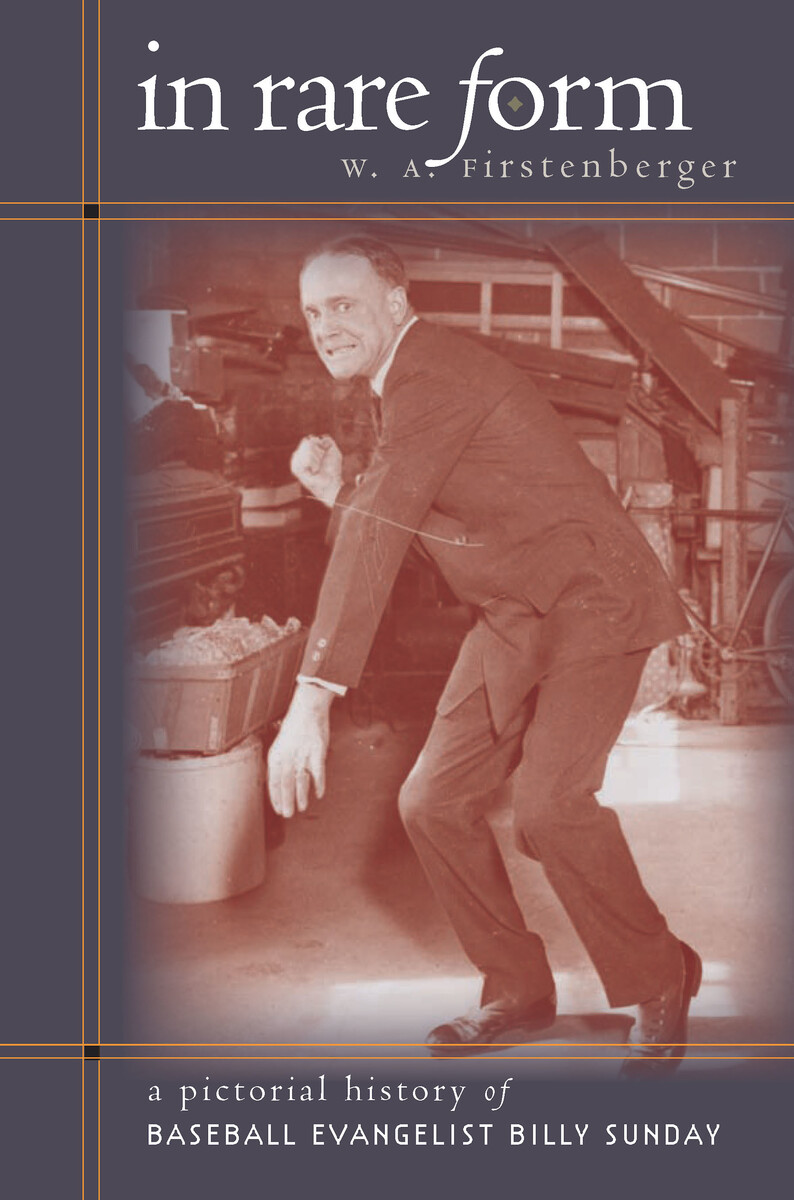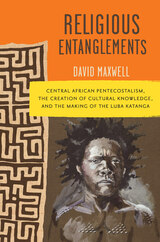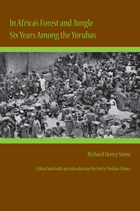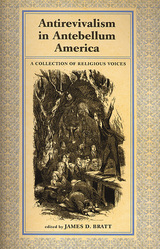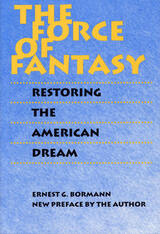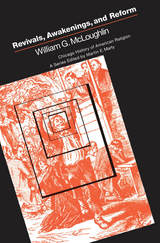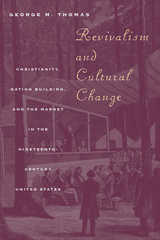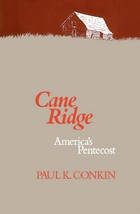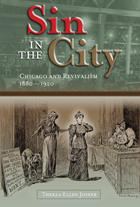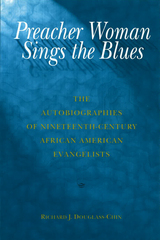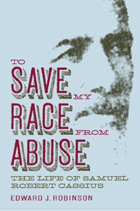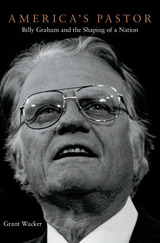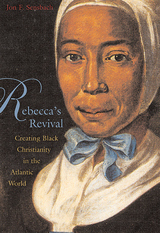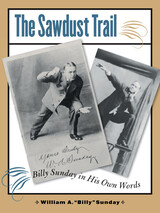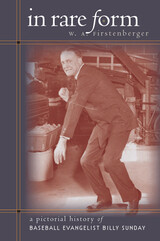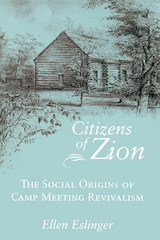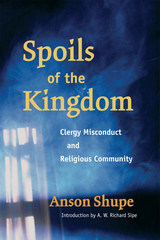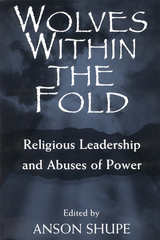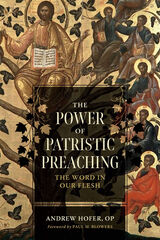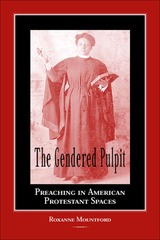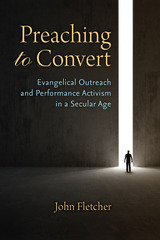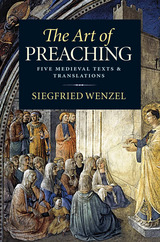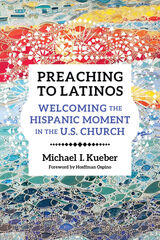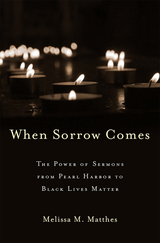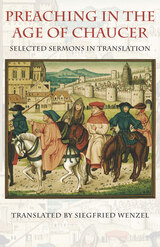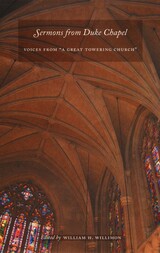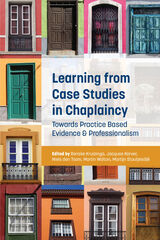In Rare Form: A Pictorial History of Baseball Evangelist Billy Sunday
University of Iowa Press, 2005
eISBN: 978-1-58729-644-4 | Paper: 978-0-87745-959-0
Library of Congress Classification BV3785.S8F57 2005
Dewey Decimal Classification 269.2092
eISBN: 978-1-58729-644-4 | Paper: 978-0-87745-959-0
Library of Congress Classification BV3785.S8F57 2005
Dewey Decimal Classification 269.2092
ABOUT THIS BOOK | AUTHOR BIOGRAPHY | REVIEWS | TOC | REQUEST ACCESSIBLE FILE
ABOUT THIS BOOK
From 1896 to 1935, the flamboyant and controversial Billy Sunday preached his version of the gospel to millions of people across the nation. In this nontraditional biography of the man regarded by his enthralled fans as God's unconventional messenger to a sinful world, the curator of the Billy Sunday Historic Site Museum recreates Sunday's life through a material culture lens. W. A. Firstenberger views the photographic record and the print record as well as the landscape, structure, and contents of the Sunday home in Winona Lake, Indiana, to give us an intimate view of Sunday and his family. Through an organizational scheme that incorporates memorabilia from childhood (samplers, Civil War badges), baseball (Billy's 1891 Philadelphia contract, scorecards), evangelism (cartoons, books such as Monkeys and Missing Links), social issues (KKK ads endorsing Sunday, his Women's Christian Temperance life membership certificate), life style (Arts and Crafts decorative pieces, extensive photos of the family's Mount Hood bungalow), and family relations (his personal possessions and those of his wife, Nell, and their children), In Rare Form brings together the inconsistencies between Sunday's material world and his spiritual world. Since Sunday might have objected to a materialistic analysis of his life, Firstenberger has allowed him a say: each section of the book begins with an apt quote from Sunday's sermons and writings. Firstenberger also includes appendixes providing detailed information on Sunday's revivals and speaking appearances, his 870,075 documented converts, the members of his evangelistic team, the overall structure of his family, and an extensive bibliography. Acknowledging Sunday's faults and contradictions alongside his heroic accomplishments, the author presents a wryly insightful and innovative perspective on this larger-than-life figure.
See other books on: 1862-1935 | Evangelists | Homes and haunts | Pictorial History | Sports
See other titles from University of Iowa Press
